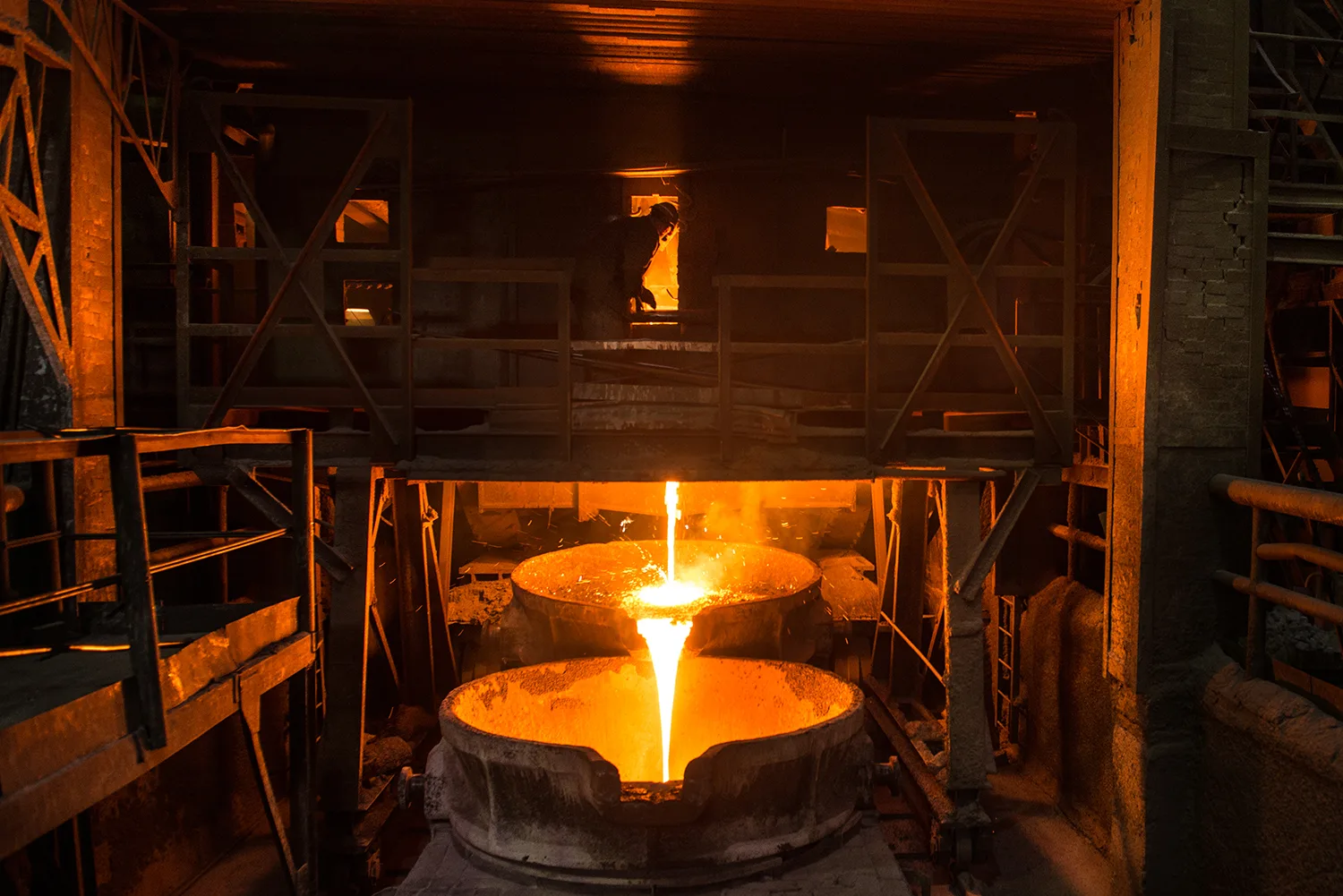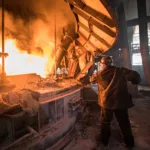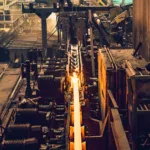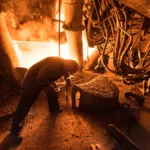Optimize Energy, Minimize Breakage, and Extend Refractory Life
Electric Arc Furnaces (EAFs) are among the most widely used melting systems in steelmaking. At the heart of these systems are graphite electrodes, which conduct high current to generate an electric arc, melting scrap metal into molten steel.
Improper electrode selection or usage can result in excessive energy consumption, arc instability, slag contamination, electrode breakage, and refractory damage. This guide breaks down how to choose, install, and maintain electrodes to maximize furnace performance and minimize production downtime.
What Are Electrodes and Why Are They Critical?
EAF electrodes are carbon-based conductive rods located at the top of the furnace. When electrical current passes through them, it creates an intense arc between the electrode tip and scrap metal below—generating the extreme heat required for melting.
Made from high-purity synthetic graphite, electrodes must withstand:
-
High temperatures (up to 3500°C / 6332°F)
-
Electrical stress
-
Oxidation and thermal shock
Key Criteria for Electrode Selection
1. Diameter Matching Furnace Power
Choose the correct electrode diameter based on furnace size and power rating:
-
20–30 ton furnaces → 14″–18″ (350–450 mm)
-
50+ ton furnaces → 20″–24″ (500–600 mm)
Using undersized electrodes leads to overheating and breakage. Oversized ones reduce current efficiency.
2. Graphite Density and Purity
Select high-density, fine-grain graphite for:
-
Higher current-carrying capacity
-
Lower wear rate
-
Better arc stability
3. Nipple & Thread Fit
Electrodes are connected using threaded nipples. Improper fit causes:
-
Heat loss
-
Cracks or breakage at the joint
-
Risk of arc flare or electrical faults
Best Practices During Electrode Use
1. Assembly & Installation
-
Connect electrodes in a dry, clean area
-
Use torque-controlled tightening
-
Ensure threads and surfaces are free from oil, dust, or shavings
2. Arc Distance Control
-
Keep arc gap stable and consistent
-
Too close = refractory damage
-
Too far = arc instability and energy loss
-
Use automated arc control systems when possible
3. Monitor Electrode Wear
-
Expect gradual wear—especially at the tips
-
Breakage can occur due to:
-
Overcurrent
-
Arc instability
-
Magnetic drag
-
-
Broken tips may fall into molten steel, affecting slag integrity and safety
4. Fire Safety & Cooling
-
Ensure proper water cooling
-
Keep combustible materials away
-
Power must be fully shut off before handling electrodes
Common Mistakes to Avoid
-
Choosing the wrong diameter
-
Improperly tightened nipples
-
Introducing cold electrodes into a hot furnace
-
Submerging electrode tips too deep
-
Frequent manual adjustments
-
Poor scrap loading, placing uneven stress on electrodes
How to Improve Electrode Performance
-
Install temperature sensors and arc stabilizers
-
Monitor electrode wear in mm/ton of steel produced
-
Log data and conduct inspections between shifts
-
Store electrodes in dry, protected environments
-
Use data tracking to predict replacements and prevent downtime
How Alpha Refractory LLC Can Help
At Alpha Refractory LLC, we support industrial clients in improving electrode efficiency and overall furnace performance through:
-
Electrode specification audits
-
Power and charge optimization
-
Refractory preservation strategies
-
Electrode wear analysis & tracking
-
Staff training and operational guidance
Electrodes are among the most expensive consumables in steel production. Let us help you use them smarter, longer, and safer—while improving efficiency across your entire melt shop.




